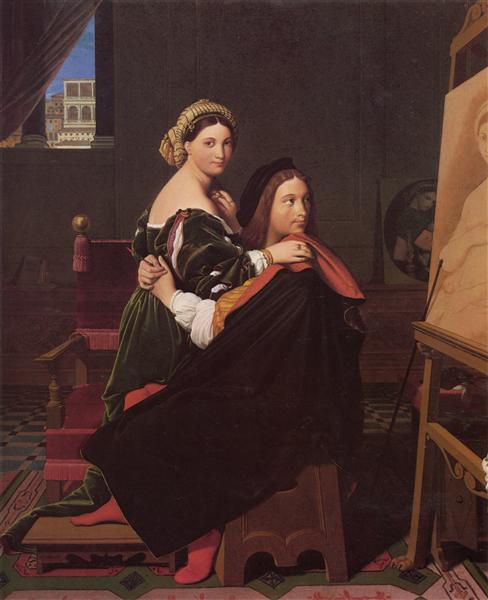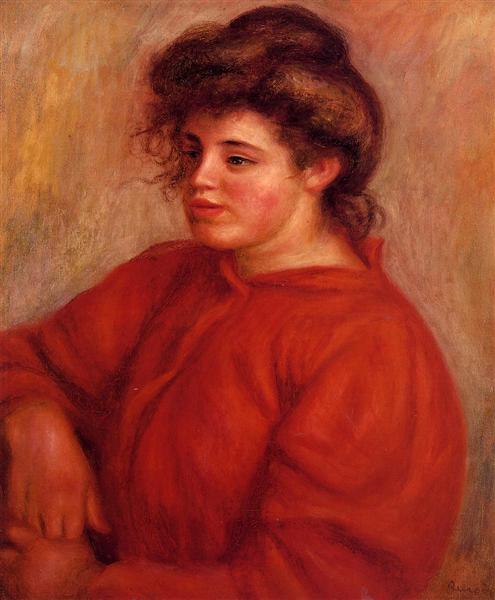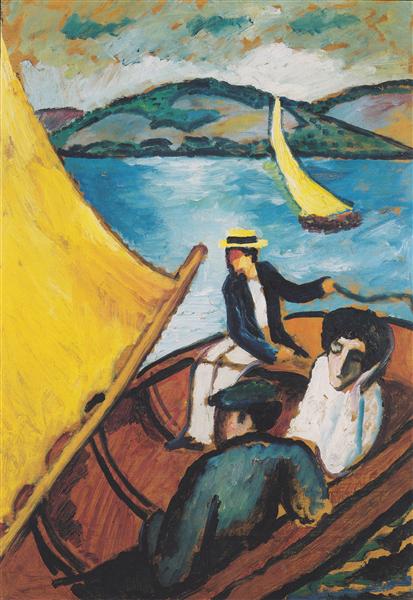Description
"Open Door, Brittany 1896" by Henri Matisse, is a work that encapsulates the sensitivity and early influences that shaped the artist's career. Created in 1896, this 50x60 cm painting is framed in a formative period for Matisse, years before he established himself as a central figure of Fauvism. The painting not only reflects Matisse's transition towards his artistic maturity but also his quest to capture the essence of light and atmosphere.
Observing "Open Door, Brittany 1896", we find an intimate and serene composition, featuring an open door that invites the viewer to an exterior scene flooded with light. Despite the apparent simplicity of the subject, Matisse demonstrates a remarkable ability to balance the duality between the dark interior and the illuminated exterior. The door, in this case, acts not only as a physical threshold but also as a symbol of transition and openness to new experiences and knowledge.
The use of color in this work is particularly noteworthy. Matisse employs a moderate palette, dominated by earthy tones and grays within the room, which contrast with the more vibrant greens and blues of the exterior landscape. This chromatic dichotomy not only creates significant visual depth but also draws the viewer's attention to the focal point of the composition: the open door. Through meticulous handling of light and shadow, Matisse achieves an enveloping, almost tangible atmosphere that suggests a moment of calm and reflection.
Although there are no human figures present in the painting, "Open Door, Brittany 1896" feels filled with narrative and emotion. The absence of human figures serves to highlight the relationship between the interior space and the natural environment, creating a silent dialogue that invites contemplation. It is possible to interpret the open door as a metaphor for the opportunities and potential that await outside, a theme that resonates deeply with Matisse's own trajectory, marked by constant artistic explorations and movements towards new horizons.
Matisse was known for his dedication to experimenting with light and color, influences that are clearly appreciable in this work. Although "Open Door, Brittany 1896" precedes his official affiliation with Fauvism, elements of the bold use of color and the simplification of forms that would characterize his later works can already be identified. The fluidity with which Matisse handles the transition between spaces and his ability to capture the luminosity of the exterior suggests a prelude to his more developed and vibrant style of subsequent years.
To better understand "Open Door, Brittany 1896", it is useful to consider other early works by Matisse, where the elements that would define his later work are also perceived. In pieces like "The Open Window" (1905), we observe an evolution towards a freer and more expressive use of color and form, influences that were already germinating in his early works. Matisse's interest in spaces illuminated by natural light and his fascination with windows and doors as elements that connect different realities are recurring motifs throughout his career.
"Open Door, Brittany 1896" is, ultimately, a work that offers a rich insight into the motivations and concerns of a young Henri Matisse. Through an apparently simple scene, the artist manages to express emotional and visual complexities that would continue to evolve and define his contribution to modern art. This painting is not only significant within its own context but also provides a window into the early steps of one of the giants of 20th-century art.











